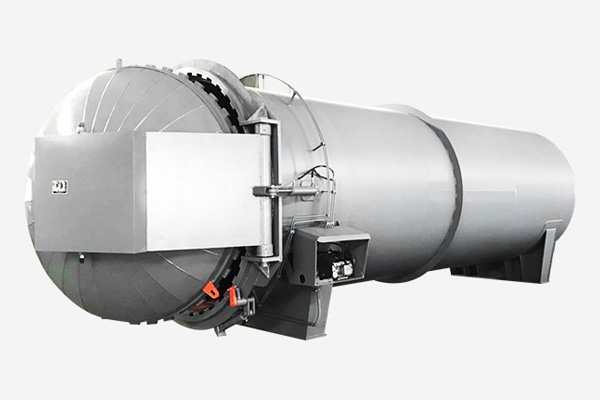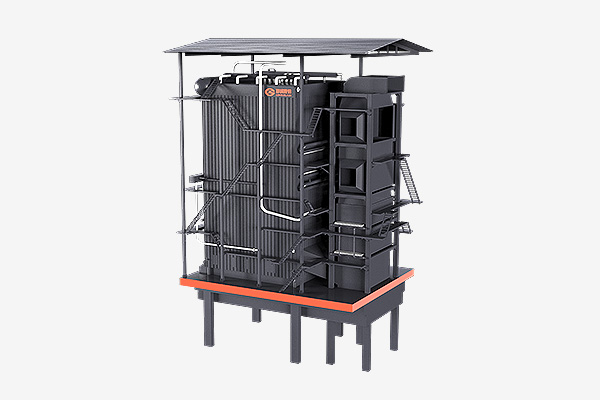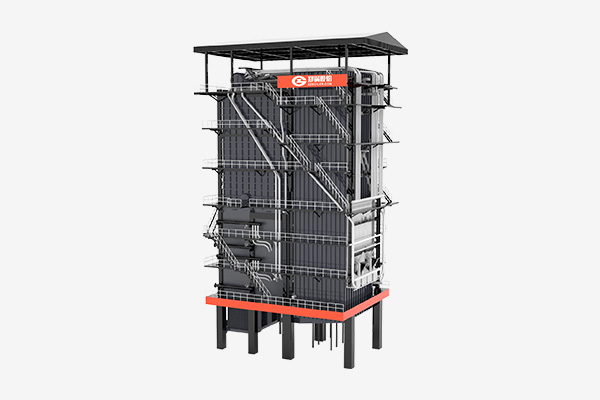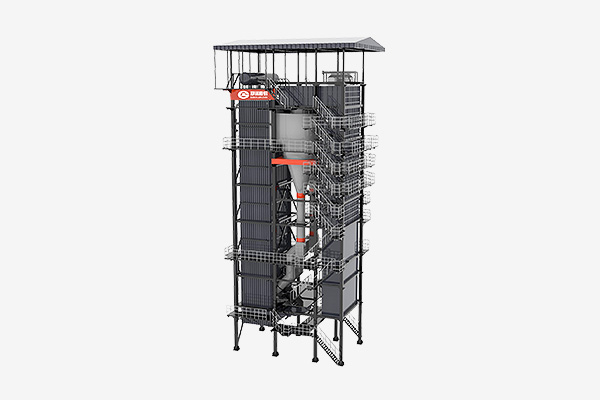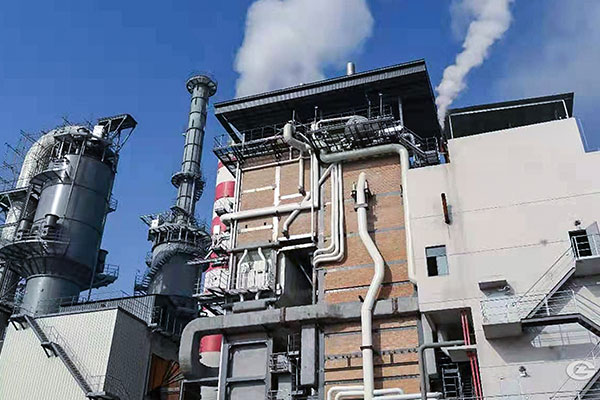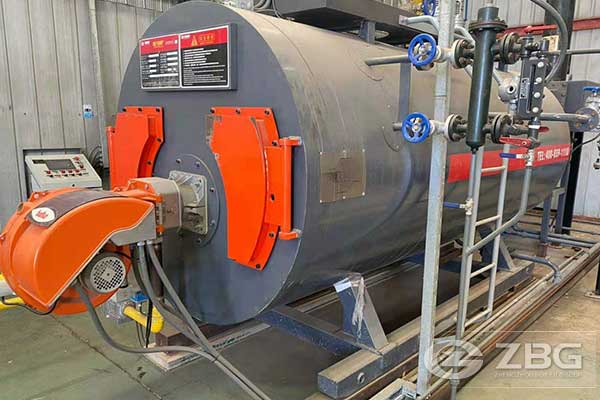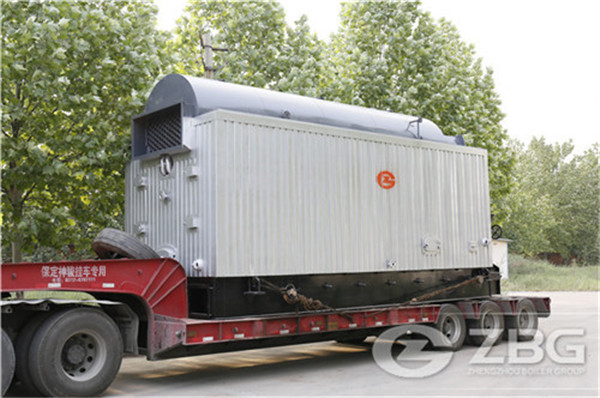Status Of Waste Heat Utilization
2023-04-13 08:44:32According to the temperature range of waste heat, the current industrial waste heat technology can be divided into medium and high temperature waste heat recovery technology and low temperature recovery technology. There are three main technologies for medium and high temperature recovery technology: waste heat boiler , gas turbine, and high temperature air combustion technology. Low-temperature recovery technologies mainly include organic refrigerant Rankine cycle power generation, heat pump technology, heat pipe technology, thermoelectric power generation technology, and thermoacoustic technology.
Judging from the current status of industrial waste heat, high-temperature waste heat recovery technology has been widely used in my country's steel, cement, metallurgy and other industries. However, in addition to high-temperature waste heat, there is still a large amount of low-temperature industrial waste heat that has not been utilized. The utilization of low-temperature waste heat in my country is still in the trial and development stage, and the low-temperature waste heat recovery technology is immature. Huge waste of energy.
The types of energy sectors consumed by industry include raw coal, coal washing, coke, oil products, natural gas, heat, and electricity. The characteristics of industrial waste heat resources mainly include: multi-form, dispersion, uneven distribution of industries, and large differences in resource quality.
The survey and analysis of waste heat resources in the steel, cement, glass, synthetic ammonia, caustic soda, calcium carbide, and sulfuric acid industries shows that the above-mentioned industries are rich in waste heat resources, accounting for about 1/3 of the total energy consumption of these seven industries. Considering the current situation and development trend of the industry, the total amount of waste heat resources in these seven industries is as high as 340 million tons of standard coal.
There are four industries of iron and steel, synthetic ammonia, sulfuric acid, and cement that have developed and utilized waste heat resources exceeding 10 million tons of standard coal, respectively 35.6 million tons of standard coal, 24.5 million tons of standard coal, 12.44 million tons of standard coal, and 11.24 million tons of standard coal.
For all inquiries, please fill in the form below (* are required) to send us a brief message, and we will get back to you as soon as possible.
